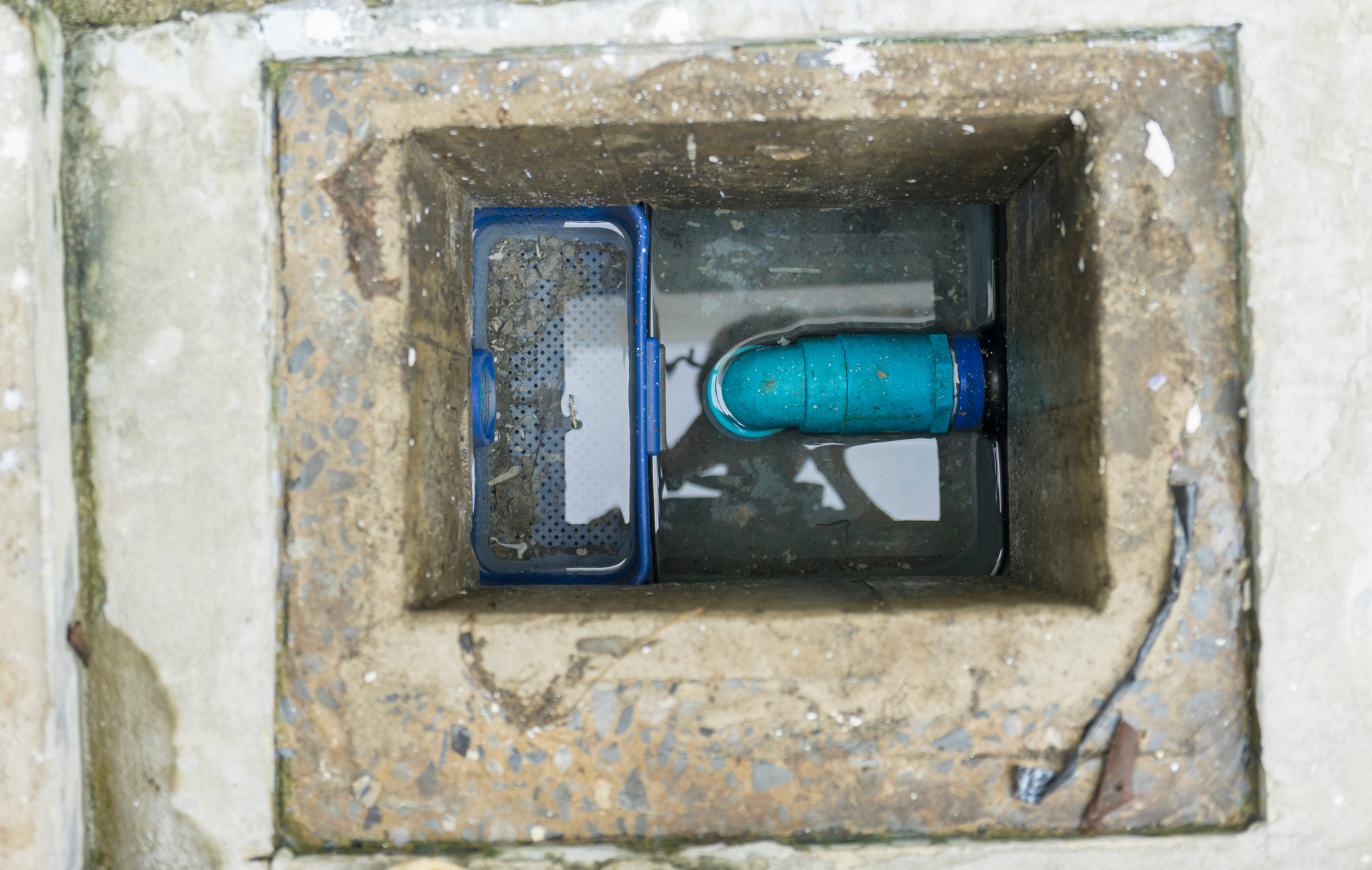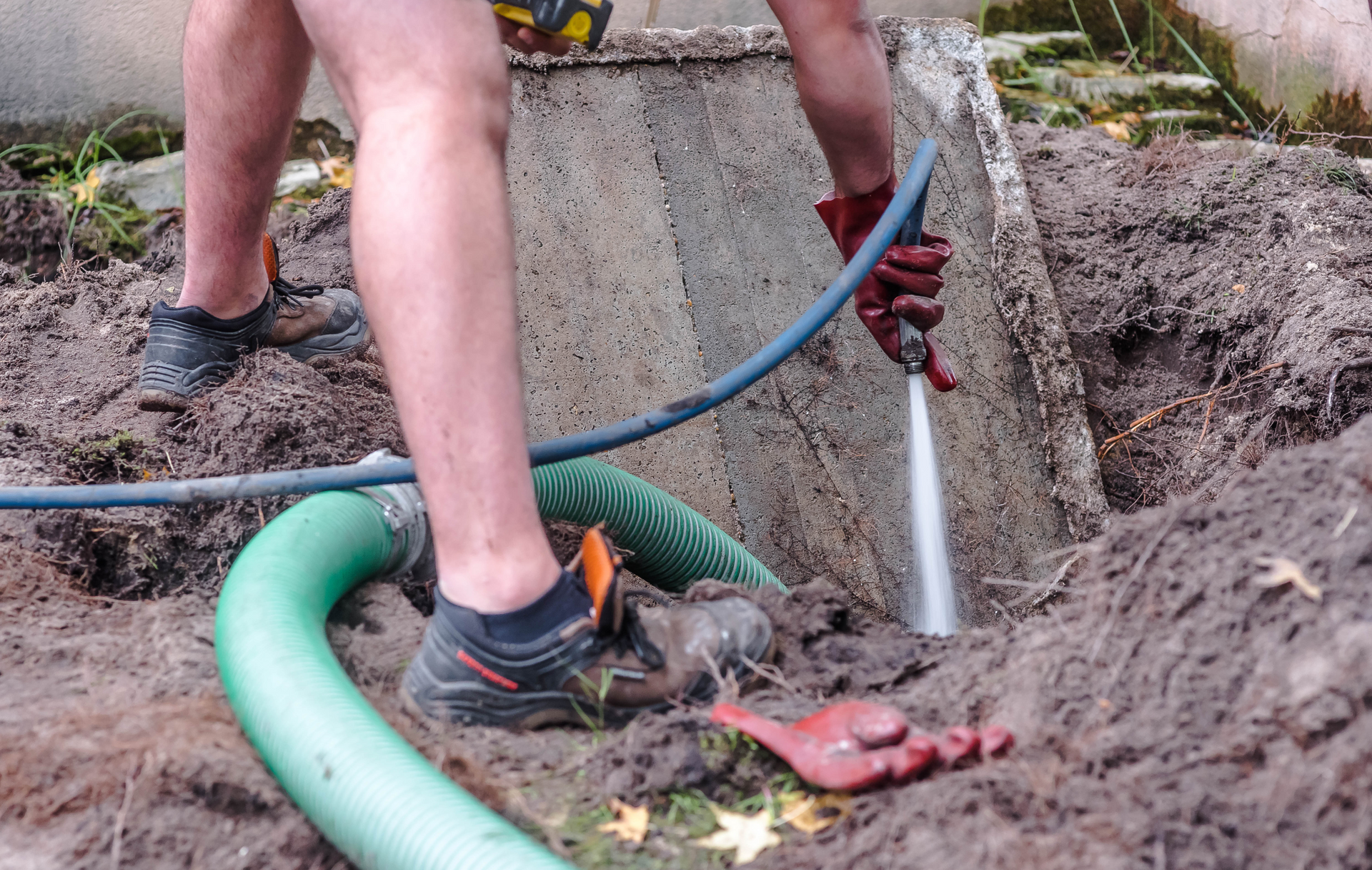Property Value Protection: How Proper Septic Tank Maintenance Boosts Your Oxford Home's Worth
November 28, 2023
Property Value Protection: How Proper Septic Tank Maintenance Boosts Your Oxford Home's Worth
Nestled amidst the beauty of Mississippi, the town of Oxford is renowned for its rich history, cultural heritage, and a strong sense of community. For homeowners in Oxford, their property is not just a place to live but a valuable asset that's intricately linked to the town's vibrant spirit. While many factors influence property values, one often overlooked contributor is the condition of the septic system. In this comprehensive blog post, we will explore how proper septic tank maintenance can significantly boost the worth of your Oxford home.
The Role of Septic Systems in Property Values
Before delving into the influence of septic systems on property values, it's essential to understand their significance. In Oxford, where many homes are not connected to municipal sewage systems, septic systems are the unsung heroes of wastewater management. These systems ensure that household wastewater is safely treated and disposed of, preventing environmental contamination and health hazards.
A typical septic system comprises three main components:
Septic Tank: Wastewater from your home flows into the septic tank, where solids settle at the bottom, and scum floats to the top. The tank's primary function is to separate and partially treat the wastewater.
Drain Field: After leaving the septic tank, liquid effluent is distributed into a drain field, where it percolates through the soil and undergoes further treatment.
Pipes and Distribution Box: A network of pipes and a distribution box evenly distribute effluent in the drain field.
Now, let's explore how the condition of these systems can impact property values in Oxford.
How Proper Septic Tank Maintenance Enhances Property Values
1. Prevents Costly Repairs
Regular septic tank maintenance helps identify and address minor issues before they escalate into costly repairs. Homebuyers are often wary of properties with potential septic system problems, as these can be financially burdensome. By ensuring your septic system is well-maintained, you reduce the risk of unexpected repair expenses, making your home more attractive to buyers.
2. Increases Longevity
A well-maintained septic system operates efficiently and has a longer lifespan. This means that potential buyers won't need to worry about replacing the septic system in the near future. A property with a recently replaced septic system or one with a well-maintained system can be a strong selling point.
3. Environmental Responsibility
Oxford's natural beauty is one of its most cherished assets. A properly maintained septic system helps protect the local environment by preventing wastewater contamination. Buyers who prioritize eco-friendliness and environmental responsibility are more likely to value homes with well-maintained septic systems.
4. Legal Compliance
Many areas, including Oxford, have regulations that require regular septic system inspections and maintenance. Ensuring that your septic system is compliant with these regulations adds a layer of assurance for both you and potential buyers. A property that adheres to local laws is more appealing.
5. Peace of Mind
Homebuyers seek peace of mind when making one of the most significant investments of their lives. Knowing that a property's septic system is well-maintained provides reassurance. It eliminates a potential source of worry and uncertainty, making your home more attractive.
How to Maintain Your Septic System for Property Value Protection
Now that we've established the importance of proper septic tank maintenance let's explore how to ensure your septic system contributes positively to your Oxford home's worth:
1. Regular Inspections
Schedule regular septic tank inspections by a licensed professional. These inspections help detect and address issues before they become major problems.
2. Pumping
Follow a routine septic tank pumping schedule based on the size of your household and usage. Regular pumping prevents solids from accumulating in the tank and affecting the drain field's performance.
3. Avoid Overloading
Be mindful of what goes down your drains. Avoid overloading the septic system with excessive water usage or non-biodegradable items.
4. Landscaping Considerations
Take care when landscaping around your drain field. Avoid planting trees or large shrubs with deep roots near the area to prevent damage to pipes and the drain field.
5. Educate Yourself
Learn about your septic system and its maintenance requirements. This knowledge will help you make informed decisions and ensure your system operates optimally.
Selecting a Qualified Septic Service Provider
When it comes to septic system maintenance, it's crucial to choose a qualified and reputable septic service provider in Oxford. Here are some tips to help you make an informed choice:
Check Credentials: Verify that the provider is licensed and certified to perform septic system services in Mississippi.
Request References: Seek recommendations from neighbors, friends, or online reviews to ensure the provider has a track record of delivering quality service.
Inquire About Experience: Ask about the provider's experience with septic systems similar to yours. Experienced technicians are more likely to identify and address issues effectively.

Oxford Septic Services plays a crucial role in ensuring the health and functionality of septic systems in our community. With years of experience and expertise, our team is dedicated to providing top-quality services to homeowners and businesses alike. In this guide, we'll explore the vital role that Oxford Septic Services plays in maintaining healthy septic systems and preserving the well-being of our environment. Chapter 1: Comprehensive Septic System Maintenance Oxford Septic Services offers comprehensive maintenance services designed to keep septic systems running smoothly. From regular inspections to proactive maintenance measures, our team ensures that septic systems remain in optimal condition year-round. Chapter 2: Professional Septic Tank Pumping Regular septic tank pumping is essential for preventing backups and maintaining the proper functioning of septic systems. Oxford Septic Services provides professional pumping services tailored to the unique needs of each property, ensuring efficient removal of waste and sludge. Chapter 3: Prompt Septic System Repairs When issues arise with septic systems, prompt repairs are crucial to prevent further damage and ensure continued functionality. Oxford Septic Services offers timely and reliable repair services, addressing issues such as leaks, clogs, and drain field problems with expertise and efficiency. Chapter 4: Expert Leach Field Services Leach fields are an integral part of septic systems, responsible for filtering and dispersing wastewater into the soil. Oxford Septic Services offers expert leach field services, including inspections, repairs, and installations, to ensure the proper functioning of this critical component. Chapter 5: Emergency Septic Services Septic emergencies can occur at any time, posing significant risks to property and health. Oxford Septic Services offers emergency services around the clock, providing prompt response and effective solutions to mitigate damage and restore functionality. Chapter 6: Residential and Commercial Solutions Whether it's a residential property or a commercial establishment, Oxford Septic Services offers tailored solutions to meet the unique needs of each client. From small homes to large commercial properties, our team has the expertise and resources to handle any septic system challenge. Chapter 7: Environmental Stewardship At Oxford Septic Services, we are committed to environmental stewardship and sustainable practices. We prioritize eco-friendly solutions and responsible waste management techniques to minimize our impact on the environment and protect natural resources. Conclusion: Oxford Septic Services plays a vital role in maintaining healthy septic systems and preserving the well-being of our community. With comprehensive maintenance services, prompt repairs, and a commitment to environmental stewardship, our team ensures that septic systems remain in optimal condition for years to come. Trust Oxford Septic Services for all your septic system needs and experience the difference firsthand.

Septic tank pumping is a crucial aspect of septic system maintenance that often goes overlooked by property owners. Regular pumping helps prevent costly repairs, prolongs the lifespan of the septic system, and protects the environment from contamination. In this guide, Oxford Septic Services shares valuable insights into the importance of routine septic tank pumping and its many benefits. Chapter 1: Understanding the Role of Septic Tank Pumping Overview of the septic tank pumping process and its significance in maintaining a healthy septic system Explanation of how septic tank pumping removes accumulated solids and sludge from the tank, preventing clogs and backups Chapter 2: Preventing Costly Repairs and System Failures Discussion of the potential consequences of neglecting septic tank pumping, including system backups, drain field damage, and groundwater contamination Exploration of the financial implications of septic system repairs and replacements compared to the relatively low cost of routine pumping Chapter 3: Extending the Lifespan of Your Septic System Explanation of how regular septic tank pumping helps prolong the lifespan of the septic system by reducing stress on system components and preventing premature failure Discussion of the correlation between routine pumping and the overall health and longevity of the septic system Chapter 4: Protecting the Environment and Public Health Examination of the environmental and public health risks associated with untreated wastewater discharge from poorly maintained septic systems Explanation of how routine septic tank pumping helps mitigate these risks by preventing groundwater contamination and protecting local water sources Chapter 5: Maintaining Property Value and Resale Potential Exploration of the impact of a well-maintained septic system on property value and resale potential Discussion of how routine septic tank pumping demonstrates responsible property ownership and can increase buyer confidence during real estate transactions Chapter 6: Ensuring Regulatory Compliance Overview of local regulations and requirements regarding septic system maintenance and pumping frequency Explanation of how routine septic tank pumping helps property owners remain in compliance with regulatory standards and avoid potential fines or penalties Chapter 7: Best Practices for Scheduling Septic Tank Pumping Recommendations for establishing a regular pumping schedule based on factors such as household size, water usage, and septic system capacity Tips for working with professional septic service providers like Oxford Septic Services to schedule timely and efficient pumping services Conclusion: Routine septic tank pumping is an essential aspect of responsible septic system ownership, offering numerous benefits for property owners, the environment, and public health. By understanding the importance of routine pumping and working with trusted professionals like Oxford Septic Services, property owners can ensure the long-term performance and reliability of their septic systems.
